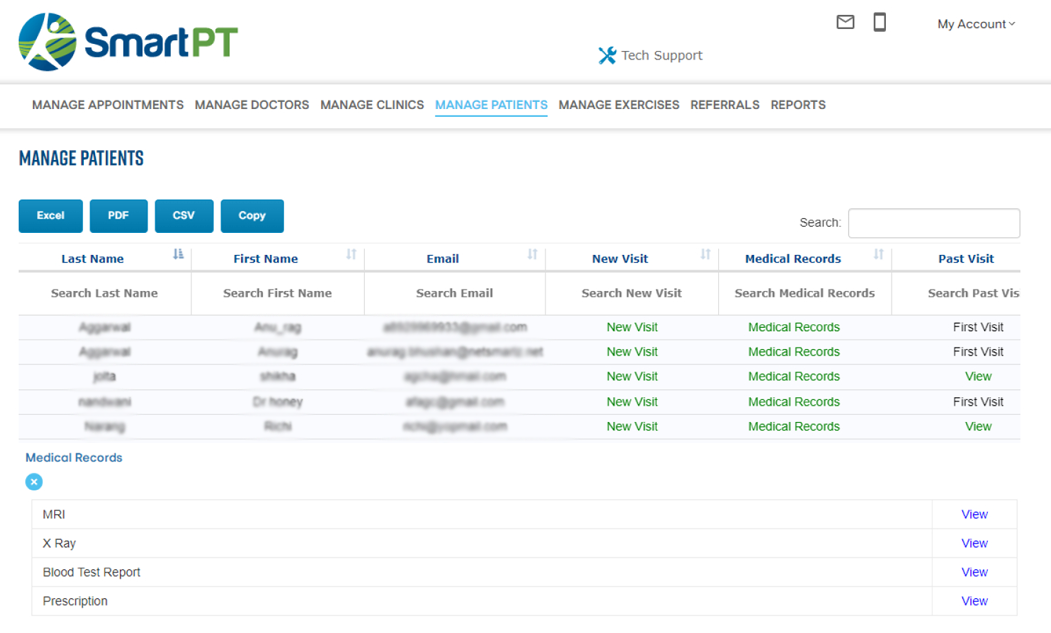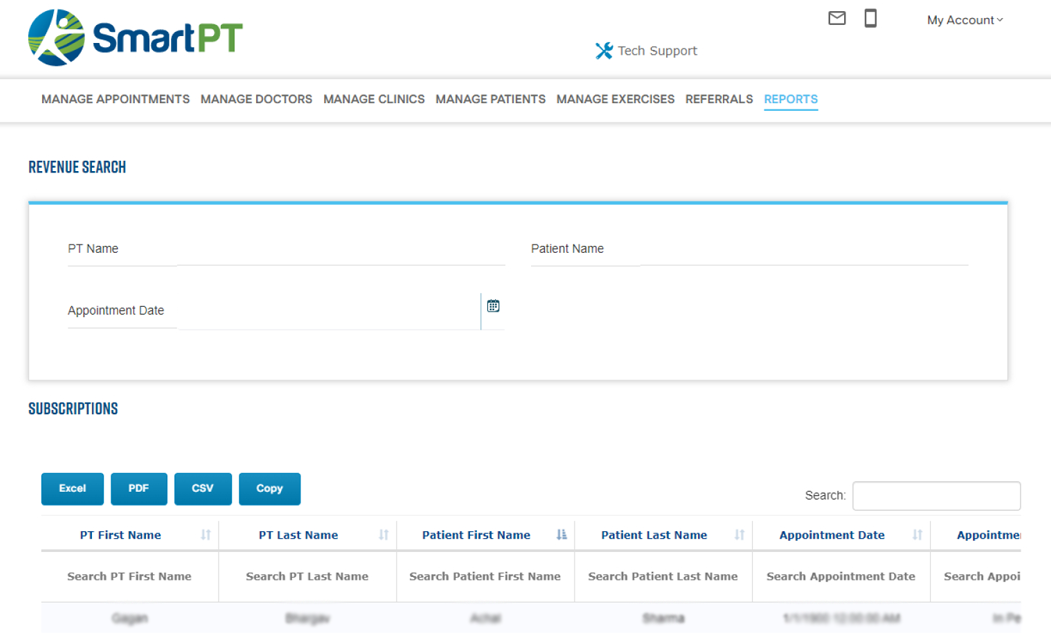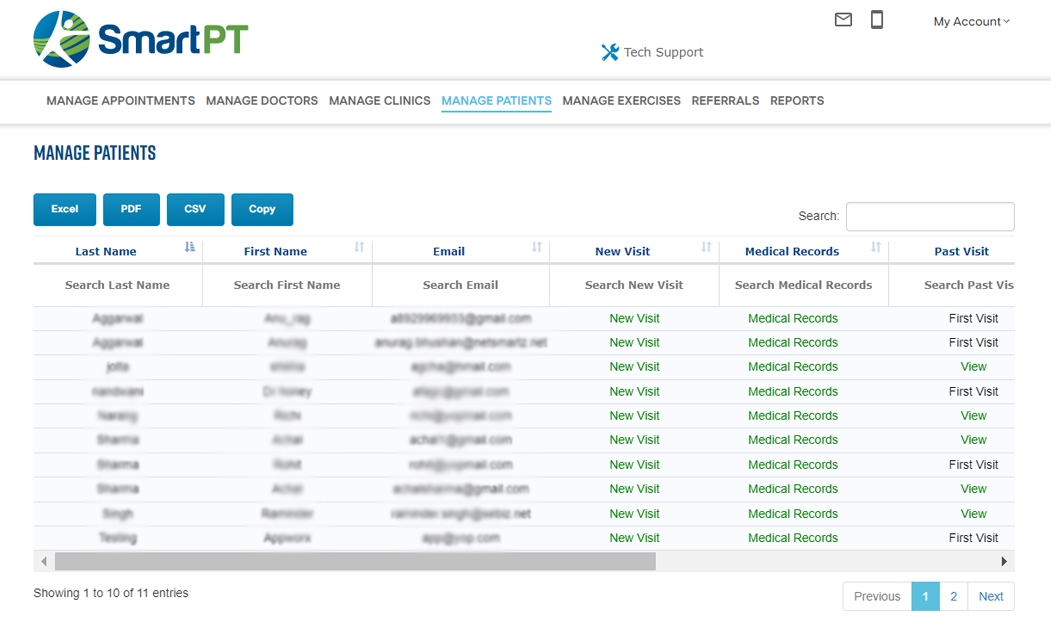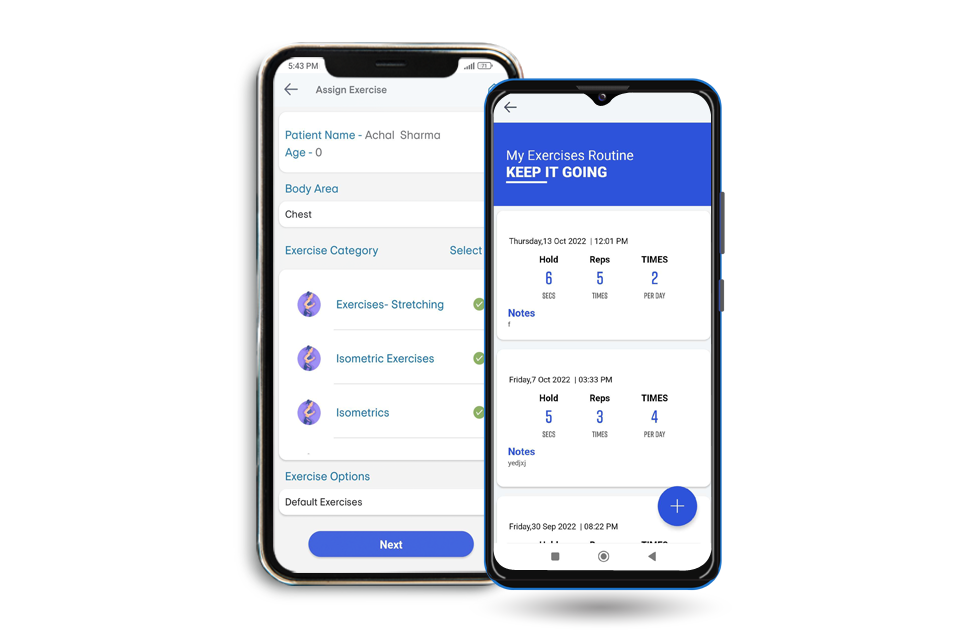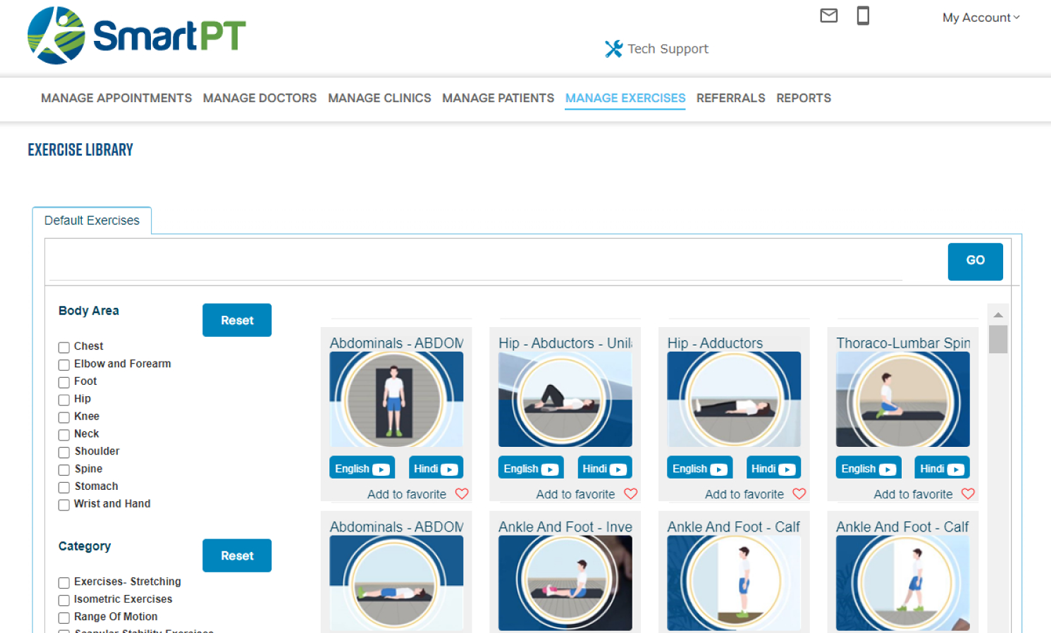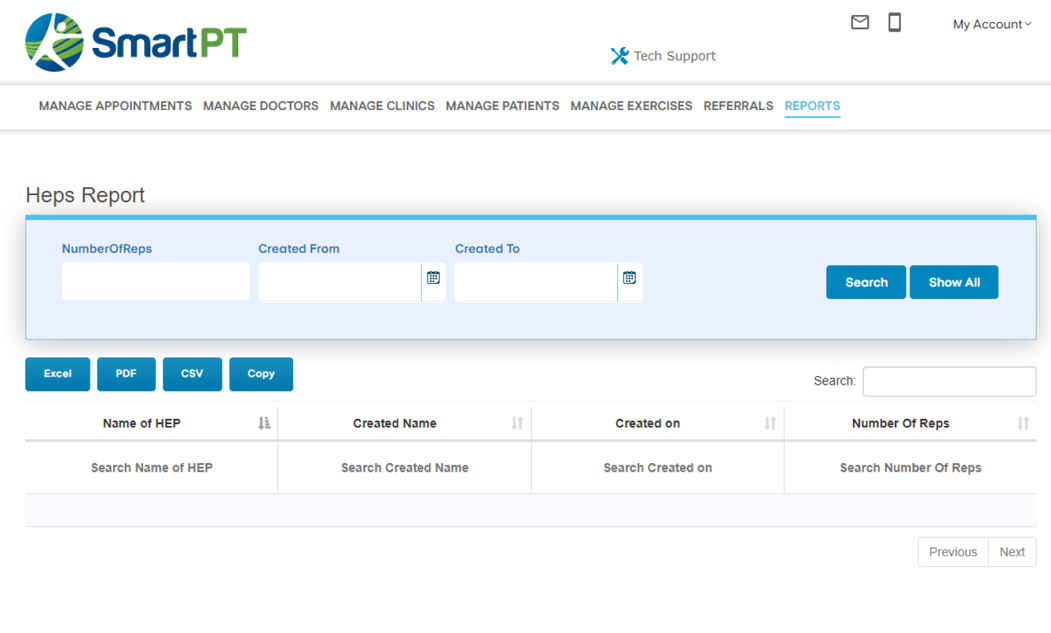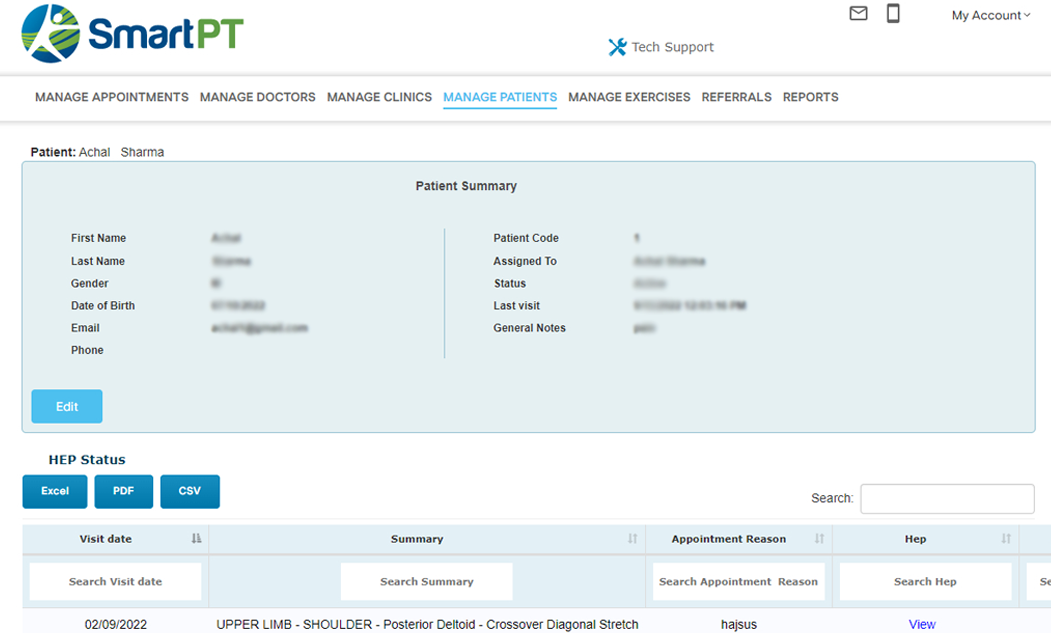Join PT Raghvi Mahajan on the Journey of Physical Therapy
Physical therapy focuses on restoring and improving movement and function. Exercise programs prescribed by physical therapists can strengthen muscles, improve flexibility, and enhance overall physical performance.

Who did we Interview?
With three years of experience in the field of physiotherapy, Raghvi Mahajan has successfully treated orthopedic patients in a minimum time to increase the recovery rate. Her dedication and commitment to helping patients achieve optimal musculoskeletal health make her a valuable asset in the field.
Starting with the Questionnaire
Question 1: What types of patients have you worked with, and what conditions have you treated?
I treat mostly all the orthopedic cases and some neurologic cases also like cervical spondylitis, lumbar spondylitis, listhesis, sciatic nerve compression, scoliosis, pathological gait, Bell’s palsy, abnormalities, VLC, trigger finger, ACL injury, stroke, etc. I treat age-related arthritis and fracture cases as well.
Question 2: What are some common misconceptions about physiotherapy, and how do you address these with your patients?
There are common misconceptions surrounding physiotherapy.
1. All physical therapists are the same
2. You have to see a doctor before you can go to a pt
3. Physical therapy is just exercise-based
4. You have to be in pain to go to physical therapy
5. Once you’re discharged, you’re done.
1. All physical therapists are the same
All physiotherapists come from different backgrounds, including training, continued education, and personal experiences. These varying characteristics can lead to different philosophies of treatment.
2. You have to see a doctor before you can go to a PT
This mindset dates back decades to when people began seeing their primary care doctor as “the gatekeeper” to all other healthcare professionals. Physical therapy is no different! Physical therapists are experts in musculoskeletal injuries and prevention. If you have pain anywhere, you should automatically think of physical therapy. If, for some reason, your condition is outside the scope of a PT’s practice, they are well-equipped to refer you to the appropriate practitioner.
3. Physical therapy is just exercise-based
No, PT is not just about exercise, it also includes different modalities, manual therapy, and many other different techniques.
4. You have to be in pain to go to physical therapy
Tell them, you only think of PT when seriously injured, such as after a bad car accident or while recovering from surgery. Physical therapists do a lot more than address pain after an injury. A lot of their expertise lends itself to injury prevention and improving performance. Diagnosing problems in movement and function before those issues turn into serious or debilitating conditions can save you time, money, and frustration down the road. You don’t need to be in pain to see a PT.
5. Once you’re discharged, you’re done.
This misconception goes back to one we’ve already discussed. Physical therapists “fix” people. Tell them that a PT will give you the tools necessary to live a pain-free life; however, the ball is in your court to use those tools correctly and to ensure that your daily activities are not compromising the work that you’ve already put in.
Question 3: How do you handle the emotional challenges of patients with chronic pain or disabilities?
The right way is how PT handles the patient with the right kind of psychological treatment.
- Ask the patient to remain calm and show empathy.
- Express concerns for the patient’s feelings.
- Ask him not to lose hope.
Question 4: Is there any particular conference or event you are waiting for?
I am anticipating the following season to start and grasping the unused challenges that lie ahead. I am inspired to take on contemporary tasks and deal with favorable conditions. I utilize my talents to help others achieve untapped professional achievements.
Question 5: How time-consuming is it to document all the work manually? Do you use any online patient entry tools?
70% of my work is done offline in clinics and some home visits involve manual therapy and modalities. I offer 30% of my patients’ physiotherapy appointments via my Instagram feed based on their concerns.
To Sum Up
Raghvi Mahajan has an extensive experience of three years in the field of physiotherapy. She is running a small physiotherapy clinic and is passionate about it. She believes that effective communication between patients and therapists is paramount for successful healing. Establishing a strong rapport and open dialogue enhances the chances of positive outcomes and overall improvement in patient’s conditions.



